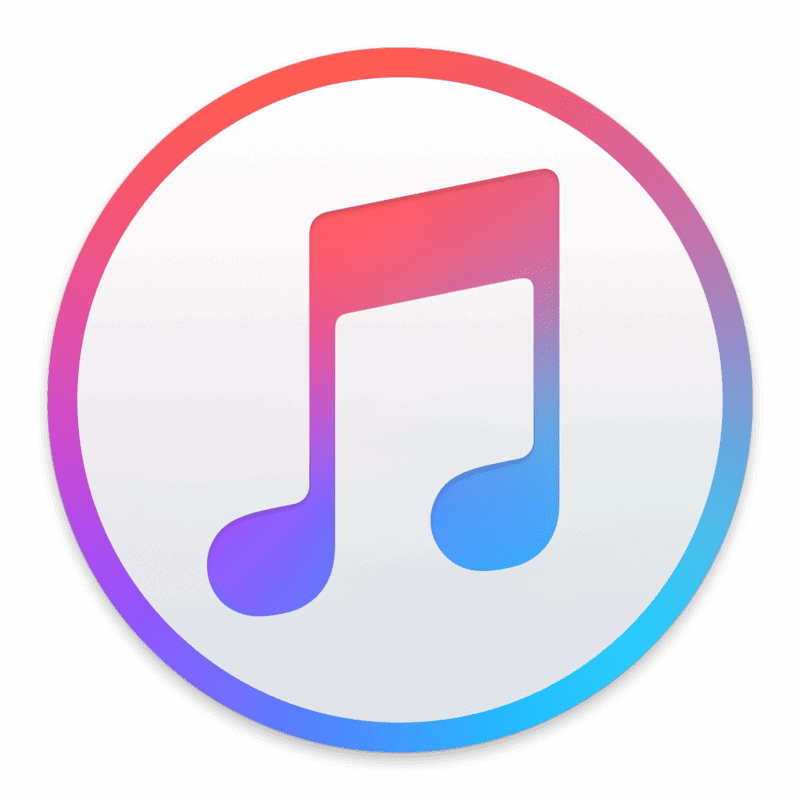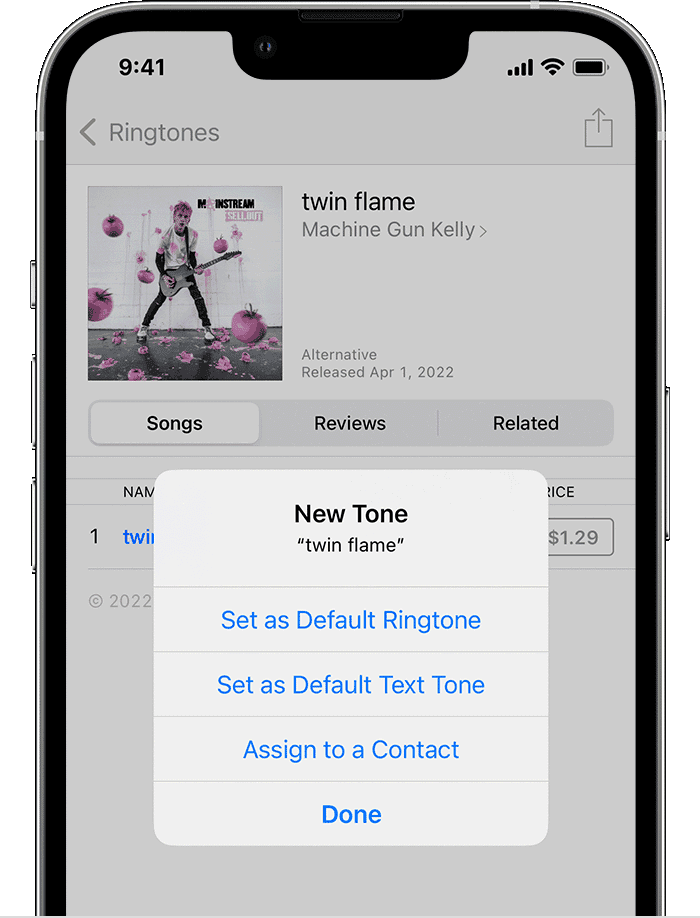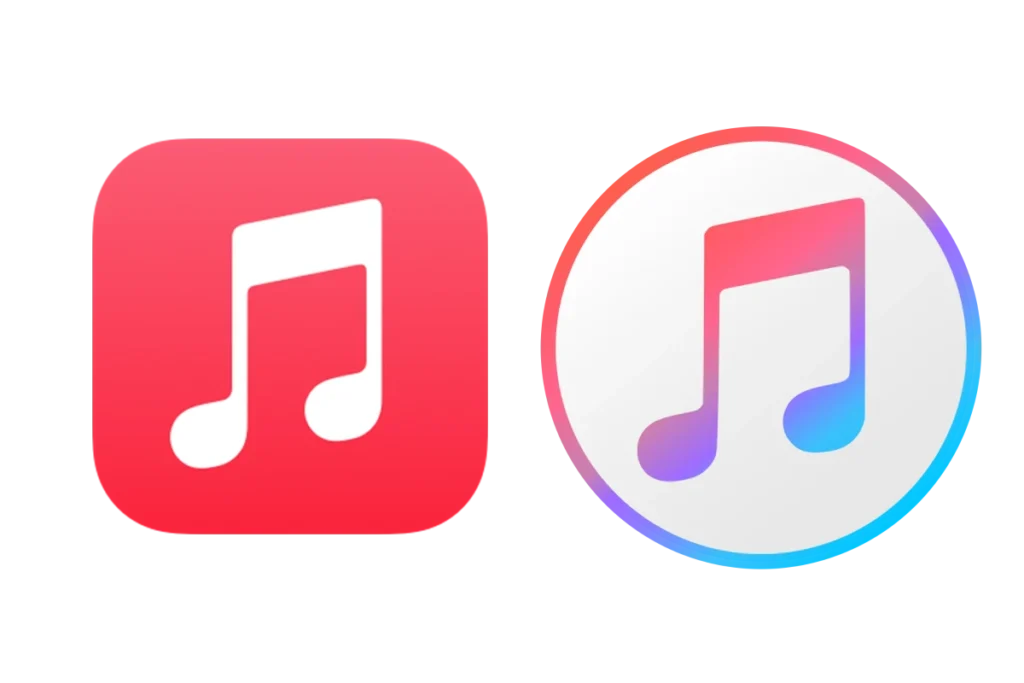The evolution of iTunes illustrates how the music industry has transformed. Initially, it was a necessary program for anyone using Apple products and the Apple ecosystem. It started as a music player and expanded to include music sales, streaming, podcasts, movies, and TV shows. It was essential for setting up your phone, purchasing music, and transferring data. Additionally, it was used for backups and troubleshooting your phone. However, nowadays, it’s no longer necessary for these tasks. This demonstrates how technology has significantly altered the way we consume and enjoy media.
iTunes was first released in 2001 by Apple for Mac computers. It evolved to encompass media management, device synchronization, and digital purchases. Steve Jobs played a crucial role in its development. Over time, iTunes incorporated movies, TV shows, and podcasts, becoming a vital part of Apple’s ecosystem. It was regularly updated to align with changing media consumption patterns. In 2019, Apple opted to replace iTunes with separate apps for music, TV, and podcasts on newer operating systems, while still being available on older Mac systems and Windows.

From Digital Jukebox to Streaming Powerhouse: The iTunes Journey
The Early Days: iTunes as a Digital Music Hub (2001-2007)
Launched in 2001, iTunes revolutionized how people consumed music. It provided a simple way to purchase and manage digital music files, replacing physical CDs with a virtual library. The iPod’s integration with iTunes further fueled its popularity, making it the go-to platform for music lovers.
iTunes Store: The Rise of Digital Music Sales (2003-2014)
In 2003, Apple introduced the iTunes Store, a digital marketplace for music, movies, TV shows, audiobooks, and more. It quickly became the world’s largest music retailer, offering a vast selection of songs and albums at affordable prices. This marked a major shift in the music industry, moving from physical to digital sales.

iTunes Expansion: Podcasts, Movies, and TV Shows (2005-2019)
iTunes continued to expand its offerings, adding podcasts in 2005, movies in 2006, and TV shows in 2007. This made iTunes a one-stop shop for digital entertainment, attracting a wider audience and solidifying its position as a dominant player in the market.
Apple Music: The Streaming Era (2015-Present)
In 2015, Apple launched Apple Music, a subscription-based streaming service that challenged the likes of Spotify and Pandora. While iTunes remained a platform for purchasing and managing media, Apple Music focused on streaming, offering a vast library of songs, curated playlists, and exclusive content. This marked a significant shift in Apple’s music strategy, adapting to the growing popularity of streaming.
Table: Key Milestones in iTunes Evolution
| Year | Milestone |
|---|---|
| 2001 | iTunes launched as a digital music player. |
| 2003 | iTunes Store introduced. |
| 2005 | Podcasts added to iTunes. |
| 2006 | Movies added to iTunes. |
| 2007 | TV shows added to iTunes. |
| 2015 | Apple Music launched, shifting focus to streaming. |
Current Use of iTunes
Today, iTunes remains a relevant tool for managing and playing media files on your computer. While its role as a music store has diminished with the rise of streaming, it still serves as a valuable platform for organizing your music library, creating playlists, and syncing content to your devices.
Key Takeaways
- iTunes transformed from a simple music player into a comprehensive multimedia hub.
- The evolution of iTunes reflects changes in media consumption and management.
- While iTunes has been succeeded by individual apps, it remains available on some platforms.
Evolution of iTunes
iTunes has transformed significantly since its inception, evolving from a simple music player to a comprehensive media platform.
Origins and Developments
The roots of iTunes trace back to an MP3 player software named SoundJam MP, developed by Jeff Robbin, Bill Kincaid, and Dave Heller and distributed by Casady & Greene. Apple acquired the program in 2000 and repurposed it into iTunes, which debuted in 2001 for Mac OS 9 and Mac OS X.
Major Features and Advancements
Since its first version, iTunes introduced numerous features, including the ability to rip and burn CDs, smart playlists, and gapless playback. The 2003 launch of the iTunes Music Store allowed users to purchase and download music, which expanded over time to include apps, books, and more.
Interface and User Experience
The iTunes interface underwent several redesigns, often focused on enhancing user navigation and experience. Features like Cover Flow and iTunes LP were introduced to visually enrich music browsing and playback.
Integration and Compatibility
Initially for Mac users, iTunes extended support to Windows in 2003, and gradually integrated more Apple services and products like iPhone, iPad, and iPod. Home Sharing and AirPlay further allowed users to stream and share content across devices.
Content and Media Management
With each update, iTunes improved its content management capabilities—supporting music, video, audiobooks, and podcasts. iTunes Match and iCloud integration ensured users’ libraries were consistent and accessible across devices.
Expansion and Diversification
Apple’s iTunes expanded beyond music to include the iBookstore, App Store, and iTunes U, catering to diverse media consumption needs. iTunes Radio, introduced in 2013, marked Apple’s entry into streaming music.
Legacy and Industry Impact
iTunes played a critical role in the shift from physical to digital music, establishing a new revenue stream for the music industry. Its 99-cent music pricing model changed how consumers purchase music.
Controversies and Criticisms
Despite successes, iTunes faced criticism for its DRM policies, which restricted content usage, and for becoming bloated with an overabundance of features. Apple eventually relaxed DRM restrictions with iTunes Plus.
Transition to Apple Music and Beyond
With the advent of macOS Catalina in 2019, Apple replaced iTunes with standalone apps like Apple Music and Apple Podcasts. Thus, the legacy software gave way to a new era of media consumption.
Current Use and Services
iTunes has transformed from a mere music player into a comprehensive media hub. It maintains a significant presence in the market and continues to evolve its services and technology.
Market Presence and User Base
iTunes enjoys a consistent user base thanks to its deep integration with Apple devices. Users with iPhones, iPads, and iPods often use iTunes for media management. Although new services like Apple Music have emerged, iTunes remains available on Windows and older macOS versions, sustaining its market presence.
Content Access and Distribution
The iTunes Store grants access to a massive collection of music, TV shows, and movies. With iTunes Match, users can also upload their music to iCloud, making their collection available across all their devices. This distribution method has made iTunes a key player in the shift from physical to digital music sales.
Service Features and Technologies
iTunes offers features like Family Sharing, which allows up to six people to share purchases, and Home Sharing, for streaming content between devices on the same network. AirPlay support enables wireless streaming to compatible devices. These technologies enhance user interaction with media within the Apple ecosystem.
User Experience and Accessibility
While the iTunes interface has been criticized for being bloated, Apple has made efforts to streamline the user experience. The interface integrates with Apple TV and iCloud, providing a seamless cross-device experience, crucial for maintaining accessibility.
Competitive Landscape and Industry Position
Amidst competition from services like Spotify and Amazon Music, iTunes has held a unique position due to its being a pioneer in legal digital music sales. However, streaming services have redirected user preferences, prompting iTunes to adapt by focusing more on Apple Music for music streaming.
Modern Challenges and Critiques
Critiques often address iTunes for its complexity and the demanding nature of its user interface. As users increasingly prefer streaming over ownership, iTunes adapts by integrating more closely with Apple Music to meet modern digital music consumption trends.
Future Outlook and Evolutions
Apple continues to innovate, keeping iTunes relevant in an evolving market. The service is likely to witness further integration with streaming, as seen with the rise of Apple Music, and adaptation to new content consumption behaviors, ensuring iTunes evolves alongside user needs and industry technology standards.
Frequently Asked Questions
iTunes has significantly shaped the digital music and media landscape. This section addresses common inquiries about its influence, milestones, functionalities, impact of gift cards, software evolution, and its rise to prominence.
How has iTunes influenced the way we consume music and media?
iTunes revolutionized music consumption by centralizing media management and facilitating legal downloads. It allowed users to purchase individual songs, altering the traditional album-based sales model.
What are the significant milestones in the history of iTunes?
Key milestones include iTunes’ launch in 2001, its integration with the iPod, the 2003 introduction of the iTunes Music Store, and later its expansion to include movies, TV shows, and apps.
What are the current functionalities of iTunes?
iTunes currently serves as a media library, a platform for media purchases, and a tool for syncing content to Apple devices. Despite some services being branched out into separate apps, it remains relevant on Windows and legacy iOS devices.
In what ways has the introduction of iTunes gift cards impacted the digital marketplace?
iTunes gift cards provided a straightforward way for consumers to purchase digital content without a credit card. They have become popular gifts and an alternative currency in online trading.
How have iTunes versions evolved since its inception?
Since the first version, iTunes has undergone substantial changes including a sleeker design, improved user interface, enhanced performance, and the addition of new features like Apple Music integration.
What led to the prominence of iTunes in the digital age?
iTunes gained prominence through its pioneering role in legal digital music sales, its integration with the culturally transformative iPod, and its constant evolution alongside consumer needs and technological advancements.







